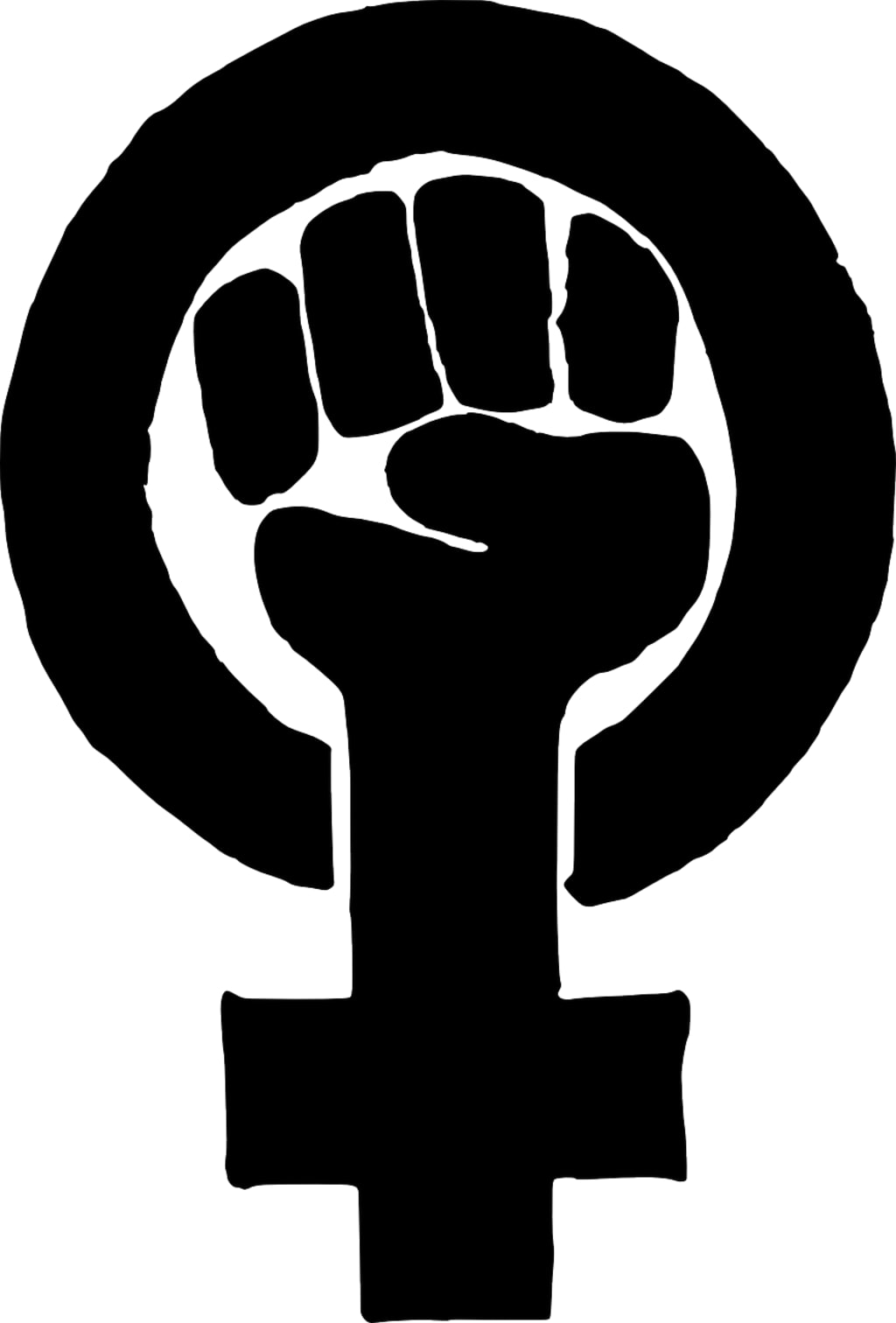Unleashing Equality: When Icelandic Women Brought a Nation to Standstill
Transforming the Gender Pay Gap

In the United States, women are faced with a disheartening reality – earning 17% less than their male counterparts. Similarly, in Japan, this gender pay gap widens to a staggering 22%. However, amid these disparities, Iceland emerges as an exceptional outlier. Here, the pay gap narrows to a remarkable 10%, making it one of the few countries in the world where women's earnings nearly match those of men. Yet, rewind the clock by around 50 years, and this promising picture appeared far from attainable.
The year 1975 serves as a pivotal marker in this transformation. In that era, the United States grappled with a distressing 37% gender pay gap, while Japan faced an even more pronounced 42% disparity. Iceland, in turn, struggled with a daunting 40% gap. But what catalyzed the shift from these dire circumstances to the progressive landscape that stands today? The answer lies in the events of a pivotal day in 1975.
The tale unfolds with an audacious idea – the notion that a society could be brought to a standstill through the collective action of its women. This audacious notion belonged to the women of Iceland, who transformed their nation in ways that reverberate to this day.
A glance back to Iceland's history reveals its journey to independence from Denmark in 1944, transitioning into a parliamentary democracy. The political landscape was dominated by the conservative Independence Party, which held the Prime Ministerial reins for nearly two decades. However, this prolonged conservative era inadvertently nurtured gender-based inequities, particularly within the workplace. By the 1970s, women found themselves confined to underpaid, undervalued roles, often relegated to domestic duties.
The dawn of change arrived with the emergence of The Redstockings – a revolutionary women's group. Their unconventional methods of protest, including symbolic pageants and eye-catching displays, aimed to challenge and dismantle prevailing societal norms.
Elisabet Gunnarsdottir, one of The Redstockings' founding members, encapsulated their mission: to confront aspects of life that had long remained unexamined and stagnant. Among these issues, workplace inequality stood out prominently, motivating them to take to the streets in protest.
The vision of an all-encompassing strike, however, posed a challenge, given the legal limitations surrounding organization outside established trade unions and employer associations. A fortuitous turn of events arrived with the United Nations' declaration of "International Women's Year" in 1975. This global proclamation set the stage for Icelandic women, representing various women's associations, to seize the moment and demand transformative change.
Amid diverse political ideologies, The Redstockings advocated for a women's strike as the ideal vehicle to commemorate this historic year. The conservative women's associations balked at the idea, deeming it too radical. Yet, The Redstockings remained steadfast in their belief, garnering gradual support and ultimately leading to the decision to label it a "day off" or "kvennafrí."
Over the ensuing three months, The Redstockings and their committee rallied labor unions, women's organizations, and households across the nation. Harnessing various platforms, including political parties, they ensured the widest possible participation.
On the 24th of October, 1975, a staggering 90% of Icelandic women abstained from both home and office work. Around 25,000 women marched through Reykjavik, using speeches and songs to eloquently emphasize their pivotal economic contribution.
The repercussions of this momentous movement were impossible to ignore. Iceland, for all intents and purposes, came to a grinding halt, laying bare the indispensable roles that women undertook. The aftermath bore transformative fruit: Iceland enacted its inaugural Gender Equality Act, forbade wage discrimination based on gender, and enshrined women's rights within its Constitution. Female representation within Parliament surged, culminating in the election of Iceland's first female president in 1980.
Though Iceland's journey towards gender parity continues, the rapid strides it has made underscore the attainability of equal pay. While the mechanics of Kvennafrí might not be universally replicable, its legacy remains a testament to the potency of unity cutting across political and social divides.
Beyond 1975, Kvennafrí has not remained dormant. It resurfaced in subsequent years, addressing various concerns including reproductive rights and the persistent gender wage gap. Its endurance stands as a living testament to Iceland's unyielding commitment to achieving equality. Furthermore, an endearing aspect of this narrative is the availability of the original songs from that historic day on Spotify.
We extend our heartfelt gratitude for your exploration of this historical chapter with us. Anticipation mounts as we look forward to your continued engagement with our forthcoming articles. Until our paths cross again.
About the Creator
nour slimani
Nour here, writing stories that ignite my inner dabbler journalist. Join me as I explore captivating subjects, weaving them into engaging narratives. Let's uncover hidden gems together!
Enjoyed the story? Support the Creator.
Subscribe for free to receive all their stories in your feed. You could also pledge your support or give them a one-off tip, letting them know you appreciate their work.






Comments
There are no comments for this story
Be the first to respond and start the conversation.